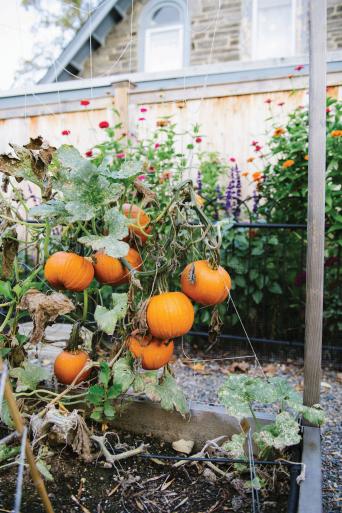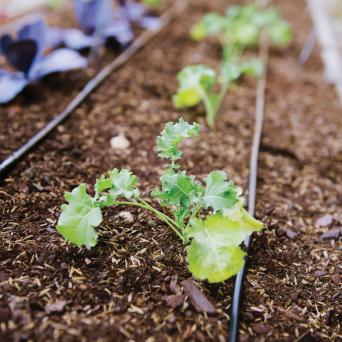
Gardening Success is Built on a Pile of Failures
My first garden started perhaps the way yours did. In the spring, powered by the boundless energy and optimism that warm weather brings, I built the garden beds, filled them with soil, and seeded them with leafy greens, nutritious roots, and fruiting plants. By May, the garden was a perfect picture of the potential the garden had to offer, a real point of pride and possibility.
By midsummer however, my garden was a disaster. Stagnant tomato plants stunted by dry soil eked out just a few cherry tomatoes. All of the beet, cucumber, and zucchini leaves were devastated by a groundhog. Newly-sown seeds yielded only empty squares where a bounty of greens and herbs should have been.
My first garden was 10 percent successful. My wife and I marveled at the magic of a handful of super sweet cherry tomatoes, and remembered fondly a flush of early spring greens that tasted better and lasted longer than any store-bought spring mix. Still, it was the 90 percent of failure that taught me to be a better gardener. I learned to use more topsoil in my raised bed mix to keep moisture in, and that my garden would need drip irrigation and fencing in order to thrive.
My foray into professional gardening followed a similar path. My first clients (luckily, friends of ours) experienced mostly abject failure, and I used those failures to develop the products and processes that now yield outstanding experiences time and again for Backyard Eats clients. In fact, we’re constantly refining our knowledge through awareness of our failures. Our professional gardeners jot down a “win” or “fail” for any crop that either excels or fails to meet expectations. At the end of each season, we scour this database of results to inform our choices and strategies for the next season.
October is a great month for reflecting on your garden successes and failures. The first frosts are likely to come around Halloween, so you have plenty of time to look at your garden while the evidence of the year’s performance is still fresh.
Use a notepad or piece of paper and make a drawing of the garden layout, including what was grown where. For each crop in the garden, write down what went well and what didn’t. Be generous with your praise! How was the quantity: too much, just right, or not enough? How was the quality: mealy tasting, bursting with flavor, bitter, picture perfect, or bug-ridden? In the kitchen, was the produce loved by cooks and eaters alike, or hard to use and subject to neglect and rotting? Did the crop experience disease or insect pest problems?
Also write down any global praise or problems with your garden. Consider how easy it is to maintain and enjoy, which is impacted by the location, layout, and ease of access. Describe the watering and weed control scheme. Watering and weeding have enormous potential to take up your time and energy. Finally, identify any critter problems you encountered.
You should gain a lot of clarity just by characterizing and recording your experience. For problems you identified, the answer may jump out at you. If not, here are some ideas:
- Raised beds are a game-changer when it comes to ease of maintenance, especially weed management.
- Drip irrigation set on a timer can do all the watering for you, while eliminating a common cause of foliar fungal disease (like powdery mildew).
- The right kind of fencing can keep rabbits, groundhogs and deer at bay without impeding the looks or accessibility of your garden.
- Space for vertical growing can improve productivity, longevity, and ease of maintenance.
- Changing where you grow tomatoes each year (crop rotation) helps prevent the buildup of soil disease. If soil disease is endemic, replacing the soil may be necessary.
- Organic fertilizers increase plant vigor and improve the plant’s ability to overcome disease and insect pressures. Insect barriers can yield picture perfect produce without the use of insecticides.
Finally, a clear planting plan allows you to right-size the number of tomatoes, provide space for greens and herbs, and procure enough vertical supports for your cucumbers and green beans. It also fixes relationships! I’m notorious for going rogue and planting way too many of this or that. But when my wife and I started using a Backyard Eats-style planting plan, we had a way to communicate exactly what we wanted to grow. Rather than being subject to the whims of what plant I thought was “cool” to grow, she was able to order up the right amounts of herbs and produce she knew would be useful in the kitchen.

